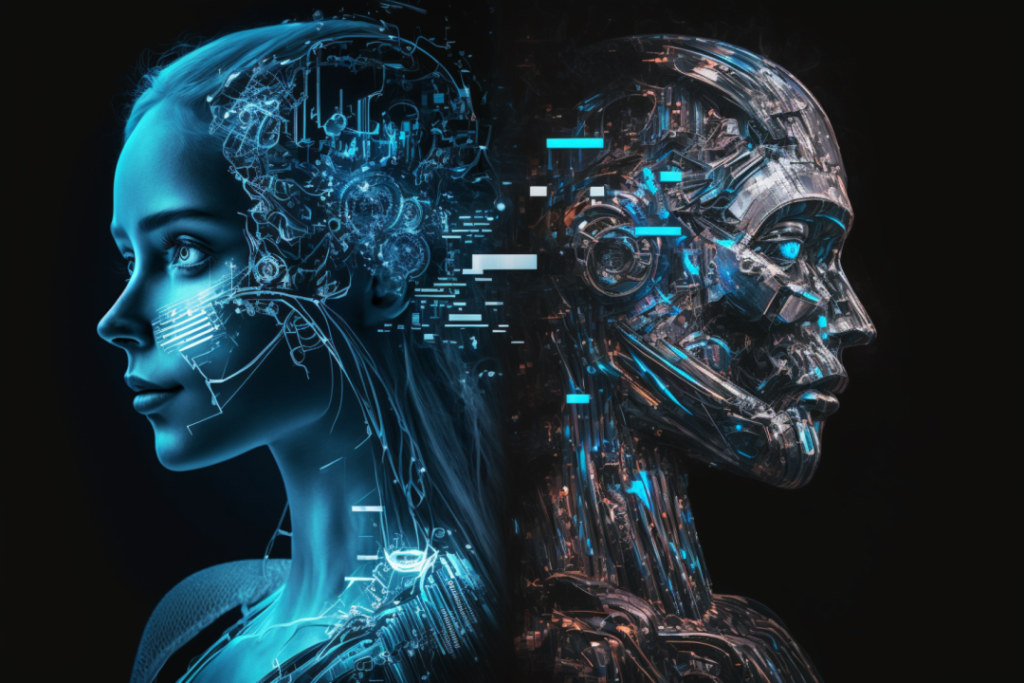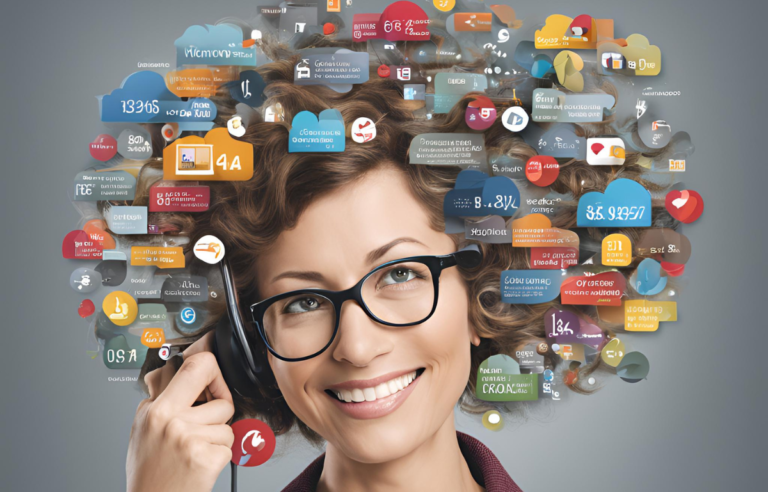
Introduction
In the age of digital transformation, the concept of digital twins has emerged as a game-changer across various industries, from manufacturing and healthcare to urban planning and infrastructure management. Digital twins represent virtual replicas of physical objects, systems, or processes, enabling real-time simulation, analysis, and monitoring. This article delves into the fascinating world of digital twins, exploring their origins, applications, and transformative potential in reshaping the way we design, operate, and optimize complex systems.
Origins and Evolution
The concept of digital twins has its roots in the aerospace and manufacturing industries, where engineers used computer-aided design (CAD) and simulation tools to create virtual prototypes of physical products and systems. However, the true innovation came with the advent of the Internet of Things (IoT) and advancements in sensor technology, which enabled the integration of real-time data from physical assets into digital models. This convergence of physical and virtual worlds gave rise to the modern concept of digital twins as dynamic, data-driven representations of physical entities.
Principles of Digital Twins
At its core, a digital twin is a digital representation of a physical object, system, or process, continuously updated with real-time data from sensors, actuators, and other sources. This virtual replica captures not only the geometry and structure of the physical entity but also its behavior, performance, and operational characteristics. By simulating the behavior of the digital twin in response to different scenarios and inputs, engineers and operators can gain insights into the real-world behavior of the corresponding physical asset and make informed decisions accordingly.
Creating Digital Twins
The process of creating a digital twin involves several key steps, including data acquisition, model development, integration, and validation. First, data is collected from sensors, IoT devices, and other sources deployed on or around the physical asset. This data may include measurements of temperature, pressure, vibration, energy consumption, and more. Next, this data is used to develop a computational model that accurately represents the physical asset’s behavior and dynamics. Finally, the digital twin is integrated into a software platform or simulation environment, where it can be interactively visualized, analyzed, and manipulated.
Applications Across Industries
Digital twins have diverse applications across a wide range of industries, spanning manufacturing, healthcare, transportation, energy, and beyond. In manufacturing, digital twins enable predictive maintenance, quality control, and process optimization by simulating equipment performance and identifying potential issues before they occur. In healthcare, digital twins of patients’ organs or physiological systems can aid in diagnosis, treatment planning, and personalized medicine by simulating disease progression and treatment outcomes. In transportation, digital twins of vehicles, roads, and traffic networks can optimize route planning, reduce congestion, and enhance safety by simulating traffic flow and predicting accidents.
Real-Time Monitoring and Analysis
One of the key advantages of digital twins is their ability to provide real-time monitoring and analysis of physical assets and processes. By continuously updating the digital twin with sensor data and other inputs, operators can remotely monitor the condition and performance of assets, detect anomalies or deviations from normal behavior, and take proactive measures to prevent downtime or failures. Moreover, by coupling the digital twin with advanced analytics and machine learning algorithms, operators can uncover hidden patterns, trends, and insights that may not be apparent from raw sensor data alone.
Optimization and Decision Support
Beyond monitoring and analysis, digital twins empower decision-makers with the tools and information needed to optimize operations, improve performance, and drive innovation. By simulating different scenarios and “what-if” scenarios, engineers can explore the potential impact of changes to the physical asset or operational parameters, such as equipment upgrades, process modifications, or resource allocations. This predictive capability enables informed decision-making, risk mitigation, and continuous improvement across a wide range of domains.
Challenges and Future Directions
While the potential of digital twins is vast, several challenges remain in realizing their full value and potential. These challenges include data integration and interoperability, model validation and calibration, cybersecurity and data privacy, and scalability and complexity. Moreover, the proliferation of digital twins across industries raises questions about standards, governance, and ownership of digital twin data and models. However, as technology continues to evolve and mature, these challenges are likely to be addressed through interdisciplinary collaboration, industry standards, and ongoing innovation.
Conclusion
Digital twins represent a transformative approach to modeling, simulation, and analysis, enabling a deeper understanding of complex systems and processes in real time. By bridging the gap between the physical and virtual worlds, digital twins offer unprecedented insights into the behavior and performance of physical assets, enabling better decision-making, optimization, and innovation across various industries. As organizations increasingly embrace digital twins as a strategic asset, the potential for unlocking new opportunities and driving sustainable growth is limitless.


